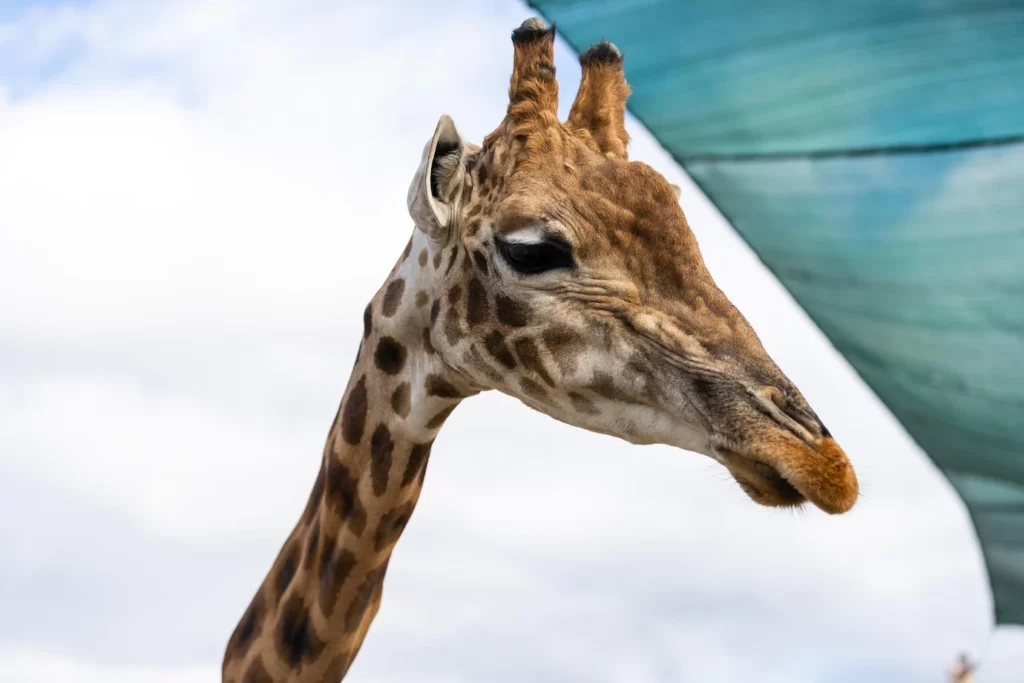Ruminant animals have a different digestive process from other types of animals, including the way they chew food and the stomach in their body with the unique way of nutrients absorption. There are various examples of ruminant animals, such as cows, goats, and buffaloes. These animals have a digestive system that is different from other animals, and this is why they’re unique.
If you observe them carefully, cows always seem to chew something, even though they’re not actually eating any food. This is what makes ruminant animals unique although many of these animals also consume plants as their main food. It’s interesting to know more about these ruminant animals.
The Definition of Ruminants
Ruminant animals are herbivores with a digestive system that is divided into two phases or steps. This food digestive system is what makes them unique. However, not all animals that fall into the category of herbivores are ruminants with two phases of digestion. Not all types of plant-eating animals have this unique type of digestion.
Cows are one of the most common examples of ruminants. Another type of livestock that belongs to the category is goats. Giraffes are a type of wild animals that belong to the ruminant group. Giraffes have a special digestive system that makes them ruminant animals.
The digestive system of ruminant animals is divided into two steps, and chewing, the first step, takes the longest time in this process. Chewing food for a long time makes the digestive system of ruminants more effective. In the digestive system, nutrients absorption is assisted by microorganisms found in the stomach of the ruminants.
The Characteristics of Ruminants
- They have legs with the number of two fingers. Their upper incisors are reduced; some of them don’t have them.
- They eat by chewing quick and then regurgitating the food they chewed so they can chew it again.
- Their stomach has four chambers which functions are interrelated; each of them is called the rumen, reticulum, omasum, and abomasum.
- Their food waste is excreted through the rectum and anus.
The Digestive System of Ruminants
The digestive system of the ruminants is unique because it involves “two stomachs”, although not literally. The food digestion process in the ruminants is somewhat longer and a little more complicated. Moreover, it depends on the tooth structure of the animals which functions as the food chewer.
“Two stomachs” here refers to the four chambers of the stomach which are divided into two. The four chambers are the rumen (paunch), reticulum (honeycomb), omasum (manyplies), and abomasum (true stomach). This type of animal also has a different tooth structure which includes large molars to chew food that is difficult to swallow.
In the stomach of the ruminant animals, there are also cellulosic bacteria that are capable of producing vitamin B, amino acids, and methane gas which produce biogas. Biogas is usually used as an alternative energy source. In general, the digestive process of the ruminants occurs in several stages.
As a start, food is chewed and then swallowed into the esophagus. After that, the food that has been swallowed enters the first stomach or the rumen. In the rumen, protein digestion occurs. The food then is forwarded to the second stomach or the reticulum. Here, the food is formed into coarse lumps or called boluses.
When they’re relaxing, ruminants regurgitate boluses back into the mouth and then chew it a second time. After that, the swallowed food goes into the third stomach or the omasum. Here, enzymes are produced and mixed with boluses. After that, the food is destroyed, and the cellulose is also destroyed.
This kind of digestive system is quite complex if you observe its route, before entering the small intestine and large intestine until it ends at the anus. If you don’t understand it properly, you won’t know the difference between ruminant herbivores and those that don’t fall into the category of the ruminants.
The Anatomy of the Ruminants’ Digestive System and Its Functions

Oral Cavity
The mouth of the ruminants consists of teeth, a tongue, and salivary glands (saliva) that have various organic and inorganic components. Saliva has many functions; two of them are helping with food swallowing and supporting the process of microbial nutrients supply. Food that enters the mouth is crushed by the teeth with the help of saliva and three pairs of glands:
- The parotid gland in front of the ear
- Submandibular gland in the lower jaw
- Sublingual gland under the tongue
Esophagus
Esophagus is the connecting channel between the oral cavity and the stomach. At the end of the esophagus, there’s an area called the pharynx. There’s also an epiglottis in the form of a valve whose function is to prevent food from entering the trachea or the throat. The main function of the esophagus is to transport food to the stomach through the peristalsis.
Stomach
The digestive system of the ruminants is unique because the stomach has four different chambers. In cows, for example, the stomach functions as a large compartment where food is placed after being chewed. These four different chambers are named respectively the rumen, reticulum, omasum, and abomasum.
Small Intestine
The small intestine of the ruminants has three parts: the duodenum, jejunum, and ileum. Usually, the length of the small intestine reaches 20-30 times the length of the animal body. The duodenum produces an alkaline fluid which functions to lubricate and protect the duodenal wall from hydrochloric acid entering from the abomasum.
Colon
The large intestine of the ruminants has two parts, called the cecum and colon. The cecum is a pouch that branches from the large intestine and lies at the back. The colon is shaped like a mosquito coil and lies up, flat, and down. The large intestine is the site for the absorption of water and residual nutrients from food.
Rectum and Anus
It’s what we call the part where feces come out of an animal’s body. Before being disposed of, the feces are first accommodated in the rectum. If the feces are ready to come out, the sphincter muscle will regulate the opening and closing of the anus. This muscle also has two other muscles called the smooth muscle and the striated muscle.
The Unique Facts about the Ruminants’ Digestive System
-
The digestion in the ruminants depends on microorganisms.
The microorganisms in the rumen have a vital role in the fermentation process and the breakdown of dietary fiber into nutrients. The microorganisms also help the four chambers of the stomach work more efficiently although this often causes issues with the animals’ health.
-
Cow belch is nutritious.
Cow belch releases fermented gas from food, especially after the food is chewed a second time. The gas that arises from the fermentation process contains nutrients, ammonia, and volatile fatty acids. Most of the nutrients contained in the belch will be absorbed by the lungs.
-
Cows produce a lot of saliva.
Cows produce a high amount of saliva, and it’s not without reason. Cows swallow food the first time without chewing it for too long. Saliva is used for moistening food and making it easy to enter the esophagus. Cows need a lot of saliva to regulate the pH in the rumen.
-
Cows can’t cut food by biting.
Despite having large teeth, cows don’t cut food by biting. Cows don’t have upper teeth, and the middle part of their jaws only consists of dental pads although they can swing and pull plants apart. To cut grass, cows need to place it between the dental pads between the upper and lower teeth and pull them apart.
-
Cows need a lot of time to chew.
Cows need 5-6 hours just to eat food, not to mention the process of chewing up to 8-10 hours per day. Cows rely on strong molars with a lot of movements, reaching up to 400,000 movements per day per meal.
-
Cows produce a lot of feces.
Grass is cows’ main food. It’s high in fiber but low in nutrients. That’s why cows can produce as much as 22,7 kg feces divided into 10-12 times per day. It’s certainly not a small amount and can make it difficult for farmers.
We’re at the end of our discussion about the ruminant animals, from definition, characteristic, to interesting facts their digestive system. Sampoerna Academy students are invited to study Science more deeply, not only through theory in the classroom but also in practical manners. Sampoerna Academy always encourages students to directly put the knowledge they have learned into practice.
Sampoerna Academy implements international curricula, applied to students from elementary to secondary levels. Sampoerna Academy graduates also have the opportunity to compete at the international level. These graduates will be able to prove themselves in the fields of work among competitors from all over the world.
For further information regarding registration, curriculum, visits, and information about Sampoerna Academy, please fill in the data below.
[formidable id=7]
Reference





